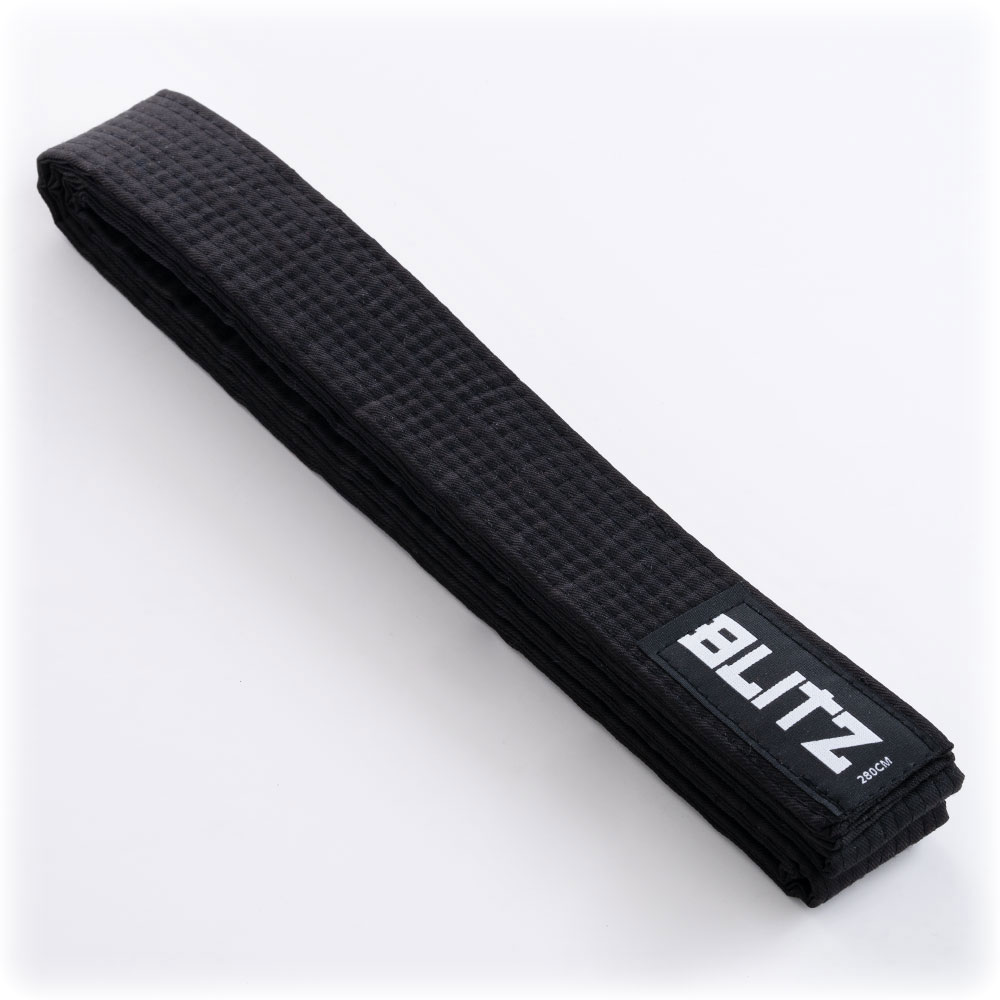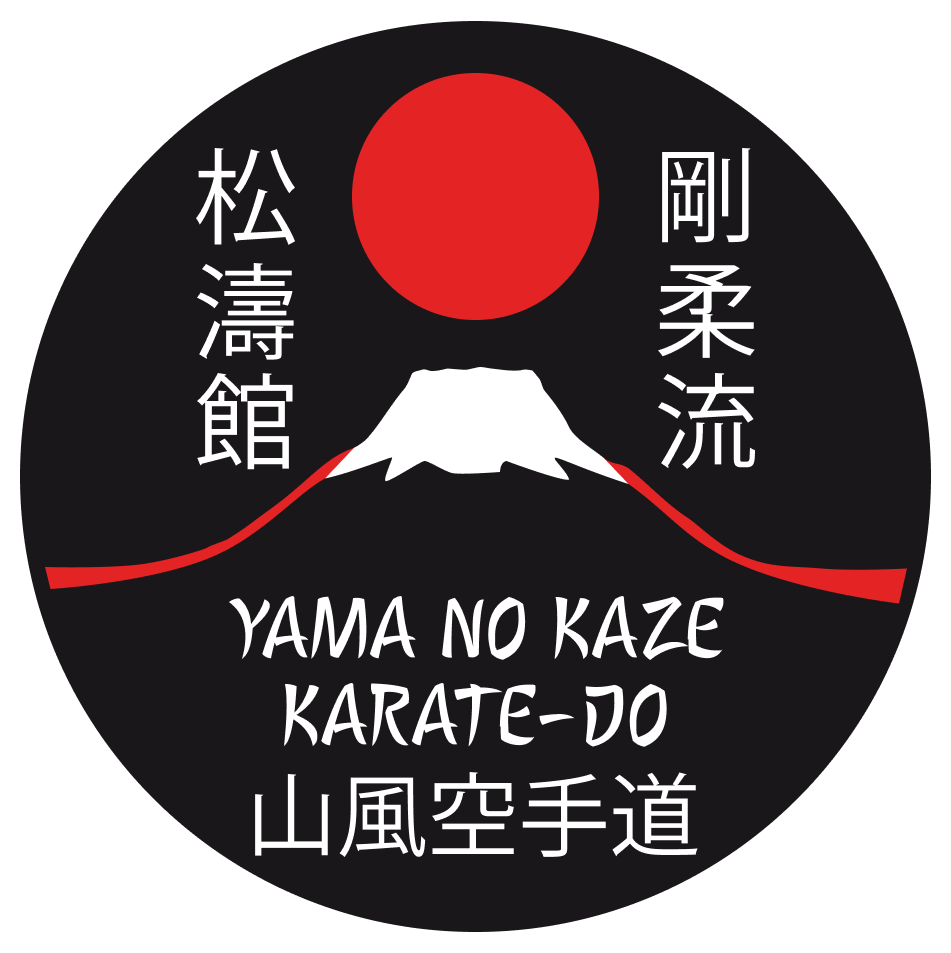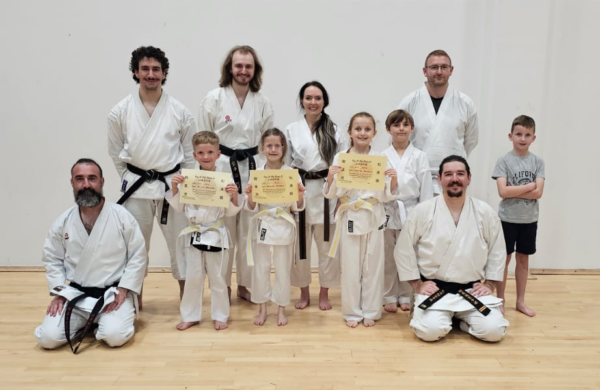
About 1st Dan
Black – sepai + hangetsu
Sepai
Sepai is an advanced kata in Goju-Ryu Karate, originating from Chinese martial arts. The name “Sepai” translates to “18,” which can symbolise either the number of techniques or a specific sequence of movements with traditional symbolic meaning in Okinawan and Chinese numerology. Sepai combines powerful strikes, open-hand techniques, and evasive manoeuvres, with an emphasis on adaptability and control. It is known for its distinct, complex movements, including circular, spiralling techniques that develop both offence and defence in close-range combat.
Key Components of Sepai
- Movements: Sepai includes 28 primary movements, characterised by spiralling actions, precise strikes, and tight footwork. The kata’s movements are fluid yet powerful, blending quick changes of direction and height.
- Techniques: Sepai combines various blocks, strikes, and grappling techniques that are well-suited for close combat:
- Shuto Uchi (Knife-Hand Strike): A strong, open-hand strike targeting vulnerable points.
- Nukite (Spear-Hand Thrust): A precise thrust using the fingertips, often aimed at soft targets.
- Kake Uke (Hooking Block): A circular block with a hooking motion, effective for deflecting or trapping an opponent’s arm.
- Mawashi Uke (Roundhouse Block): A circular, dual-arm block that redirects and controls attacks, embodying Goju-Ryu’s soft defensive principles.
- Elbow Strikes: Effective close-range strikes using the elbow for high impact.
- Open-Hand Blocks and Grabs: Several open-hand techniques are used for gripping and controlling an opponent’s movements, especially in joint manipulations and counters.
- Stances: Primarily uses Sanchin Dachi (Hourglass Stance) for stability and grounding, along with Shiko Dachi (Square Stance) for lateral movement, allowing for strong rooted positions and fluid transitions.
Pattern and Rhythm
- The pattern of Sepai is varied, combining linear, lateral, and diagonal movements that challenge practitioners to adapt their stance and techniques continuously.
- The rhythm shifts from smooth, flowing movements to sudden, explosive strikes, training practitioners to alternate between soft, evasive actions and powerful offensive techniques.
Purpose
Sepai develops adaptability, body control, and the ability to neutralise an opponent at close range. The kata emphasises the “hard and soft” principles of Goju-Ryu, teaching practitioners to balance between powerful attacks and flowing, circular defences. Sepai’s techniques are well-suited for manipulating an opponent’s balance and movement, making it effective in grappling scenarios. Through Sepai, practitioners refine skills in timing, precision, and body mechanics, preparing them for complex applications in Goju-Ryu’s advanced kata and combat principles. This kata builds on strength, coordination, and internal focus, reinforcing Goju-Ryu’s balanced approach to martial arts.
Hangetsu
Hangetsu is an advanced kata in Shotokan Karate, translating to “Half Moon.” The name reflects the kata’s distinctive half-moon stances and circular movements, emphasising control, precision, and breath regulation. Hangetsu is unique within Shotokan for its focus on slow, controlled movements combined with explosive techniques, teaching practitioners the importance of balance, rootedness, and internal power. This kata blends elements of strength, flexibility, and breathing control, highlighting Shotokan’s deeper emphasis on body mechanics and mental focus.
Key Components of Hangetsu
- Movements: Hangetsu includes 41 movements, marked by the characteristic Hangetsu Dachi (Half-Moon Stance), a rooted, strong stance that requires coordinated breathing and hip control. The movements flow between slow, powerful techniques and faster strikes, teaching rhythm control and dynamic energy shifts.
- Techniques: Combines basic strikes and blocks with controlled breathing exercises and internal focus:
- Hangetsu Dachi (Half-Moon Stance): The signature stance of the kata, with the feet forming a half-moon shape and knees bent, creating a strong base and emphasising hip control.
- Slow, Focused Blocks: Techniques such as slow Gedan Barai (Downward Block) and Uchi Uke (Inside Block) are performed with deliberate control to coordinate with breathing.
- Punches with Breath Control: Oi Zuki (Lunge Punch) and Chudan Zuki (Middle Punch) are integrated with deep breathing, emphasising the connection between breathing and movement.
- Kicks and Rapid Punches: Includes Mae Geri (Front Kick) and faster punches, training speed, accuracy, and the ability to move fluidly from slow to fast techniques.
- Breathing Techniques: Hangetsu focuses heavily on ibuki breathing (slow, focused breathing) in the kata’s slower movements, coordinating the inhale and exhale to enhance power and control.
Pattern and Rhythm
- The pattern of Hangetsu is primarily linear, with the distinctive half-moon stepping motion allowing for forward, backward, and slight lateral shifts.
- The rhythm of the kata alternates between slow, deliberate movements that emphasise ibuki breathing and rapid, explosive techniques, helping practitioners understand timing and energy control.
Purpose
Hangetsu is designed to cultivate internal strength, breath control, and balance. By focusing on slow, precise movements coupled with explosive power, Hangetsu helps practitioners develop a deeper understanding of Shotokan’s core principles of chinkuchi (rooted power) and kokyu (breath control). This kata strengthens the legs, hones body mechanics, and improves focus, all while emphasising the integration of breathing with movement. Hangetsu prepares students for advanced kata and self-defence applications, providing valuable training in grounding, internal energy, and the mental discipline necessary for mastering Shotokan’s higher-level techniques.

